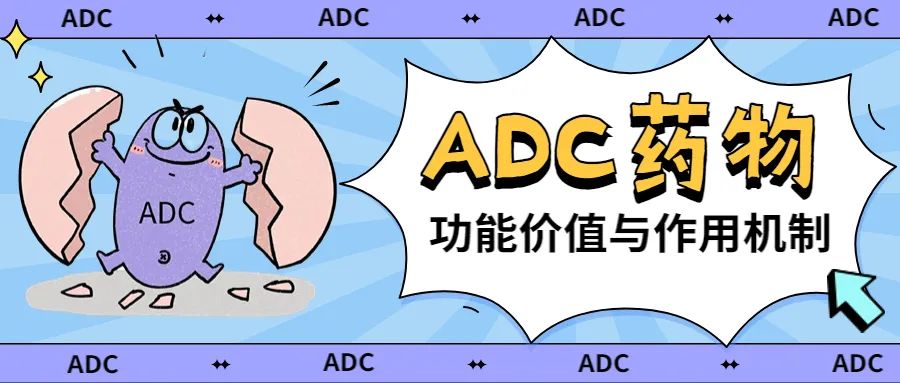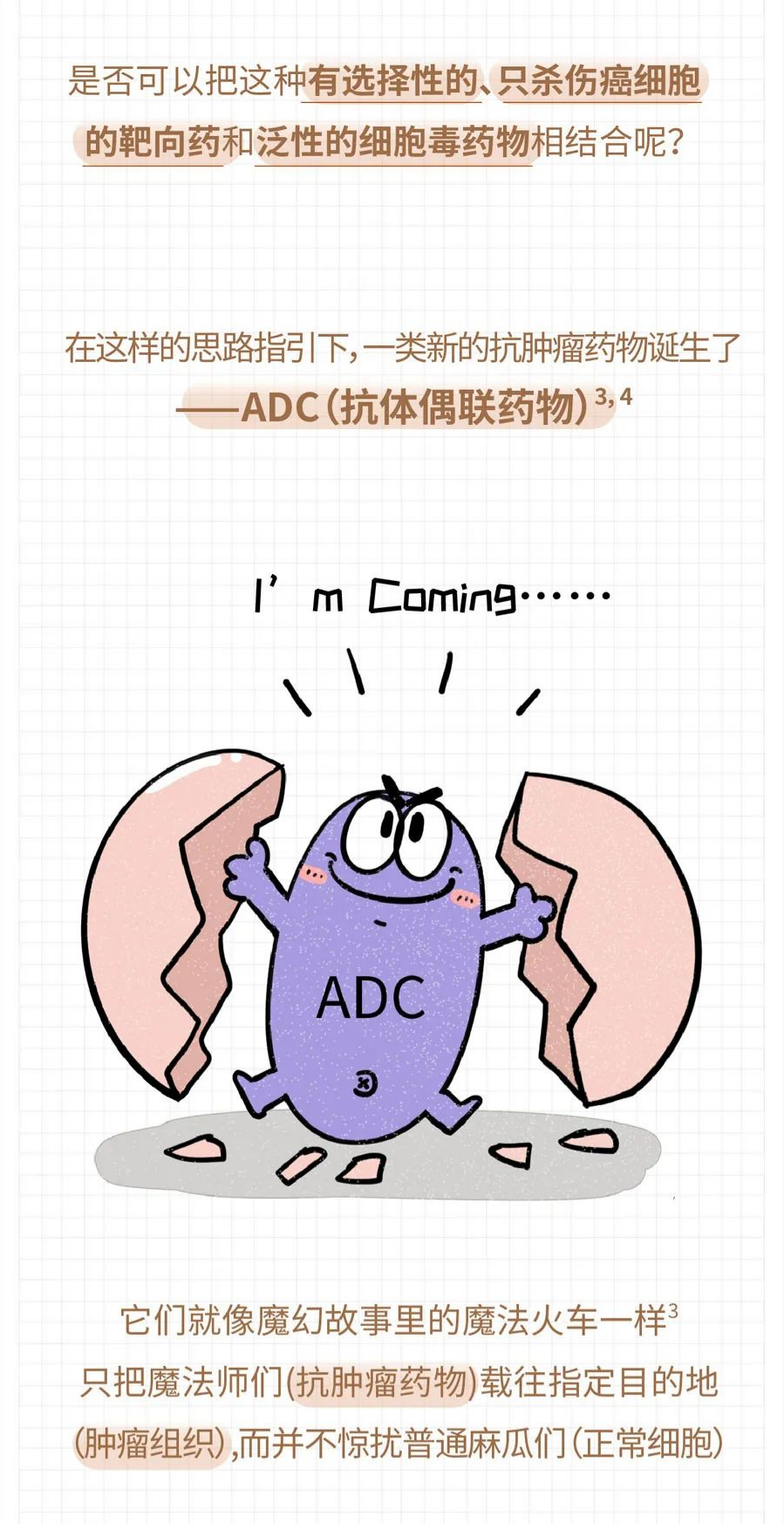Skip to content
In the era following chemotherapy, targeted therapy, and immunotherapy, ADC drugs, which combine cytotoxic drugs with targeted monoclonal antibodies, have opened a new era of fourth-line cancer treatment with exceptional results. They have become a significant class of new drugs in cancer treatment both domestically and internationally.
So, what are ADC drugs (antibody-drug conjugates)? Let me explain with a visual.

ADC Drugs: A New Weapon for Precision Treatment

Researchers have found that some tumors contain a special type of cancer cell, such as those that highly express human epidermal growth factor receptor 2 or 3 (HER2/HER3), TROP2, etc., and these cancer cells spread and grow faster than other cancer cells.
Mechanism of Action of ADC Drugs
The antibody-drug conjugate (ADC) enters the body and the antibody part binds to the targeted antigen on the surface of the tumor cell. The tumor cell internalizes the ADC molecule. Some of it can bind to Fc receptors in the endosome, allowing part of the ADC to be transported to the cell surface and released into the extracellular space through FcRn-mediated transcytosis, while other ADC-antigen complexes enter the lysosome, where enzymes or the acidic environment can degrade the ADC, releasing cytotoxic chemical drugs that damage DNA or prevent tumor cell division, effectively killing the tumor cells.
Now, let’s take HER2 as an example to see the mechanism of action of ADC drugs.
Currently, ADC drugs have demonstrated excellent clinical efficacy in breast cancer, gastric cancer, urothelial carcinoma, lung cancer, and hematological malignancies, showing us that through technological innovation, we can achieve drug property superposition, transforming previously







